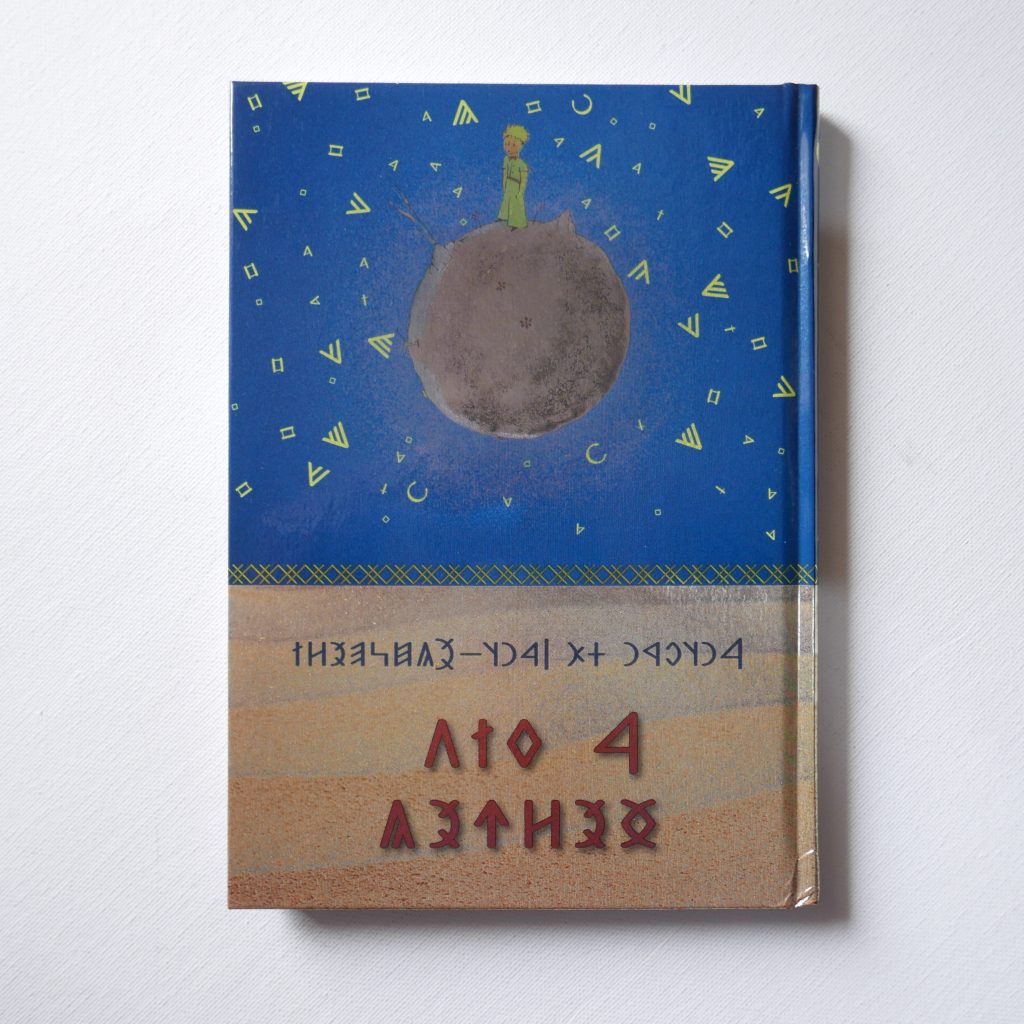
A Kis Herceg, in Hungarian language, written in the Old Hungarian script (Hungarian: rovásírás).
Rovásírás, also known as Hungarian Runes or Old Hungarian script, is a writing system that was used to write the Hungarian language during the medieval period. The script is characterised by its angular and curvilinear shapes and is considered to be one of the oldest forms of writing in Europe.
Rovásírás script was used from the 10th century until the mid-19th century, when it was replaced by the Latin alphabet. The script was used to write a variety of texts, including legal documents, religious texts, and historical chronicles. Some inscriptions in Rovásírás can still be found today in Hungary, Romania, and Slovakia.
The Rovásírás script consists of a series of lines and curves that are arranged in a square or diamond shape. Each character represents a single sound in the Hungarian language, and there are no capital letters or spaces between words. The direction of writing is from right to left.
In the 19th century, the Latin alphabet gradually replaced Rovásírás, and by the end of the century, it had fallen out of use. Today, Rovásírás is studied by scholars and enthusiasts, and it is sometimes used in artistic and decorative contexts.


